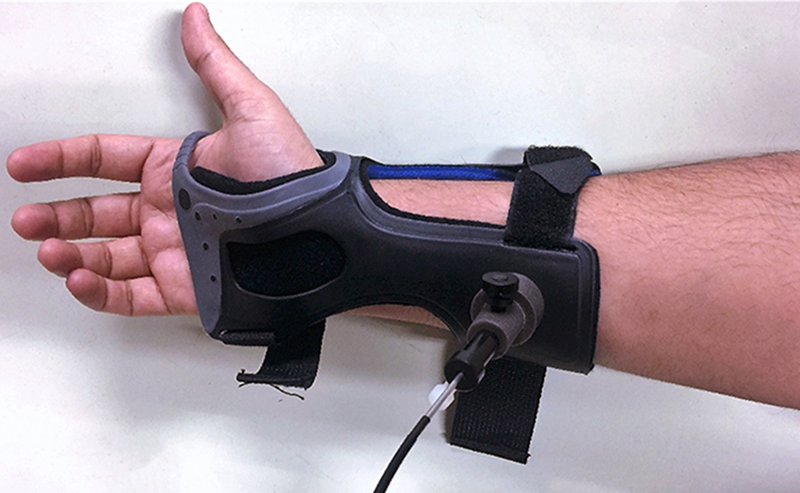Patients with diabetes have to regularly undergo painful finger prick to check their blood glucose levels. There are non-invasive methods available for the test, but it still remains a challenge for medical technology.
While various companies are trying to develop non-invasive method of checking blood glucose, researchers at the MIT are getting close to the elusive goal. They have developed a device that uses a technique called Raman spectroscopy to measure the chemical composition of skin and extract the amount of glucose out of other skin compartments. A fiberoptic cable attached to a wristband passes laser light onto the skin to detect different components in the skin, such as fat tissue, protein, collagen and glucose molecules. The shifts in wavelengths associated with glucose present in the blood creates a sort of molecular fingerprint that can be used to determine glucose levels.
Recently, researchers from the University of Missouri School of Medicine and MIT conducted a study on 20 people to measure the efficacy of their new device. For the study, they measured the blood glucose levels of 20 healthy, non-diabetic adults prior to drinking a glucose-rich beverage. Blood glucose levels were then measured in intervals over the next 160 minutes using three methods: spectroscopy, IV blood test and finger prick. The tests are designed to determine how much glucose remains in the blood and if a patient’s insulin-regulating mechanisms are working effectively. The researchers found that spectroscopy predicted glucose values as accurately as a finger prick test.
“Currently, blood glucose levels are tested through a finger prick or intravenously. The approach we studied is noninvasive and uses a laser to monitor glucose levels in the skin,” said Anandhi Upendran, PhD, director of biomedical innovations at the MU School of Medicine Institute for Clinical and Translational Science and co-author of the study. “With diabetes on the rise, the development of an accurate, efficient and inexpensive alternative method to test blood glucose levels is an urgent clinical need.”
With more testing, the researchers hope spectroscopy can become an alternative method to test glucose levels in patients in clinical care settings who are not capable of frequent blood draws and, one day, in other settings as the technology becomes smaller and more portable. Future studies will examine the accuracy of the technology in patients with diabetes.
The study was recently published online by Analytical and Bioanalytical Chemistry.













